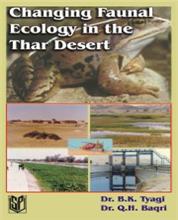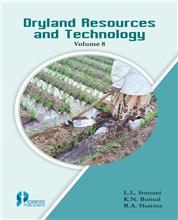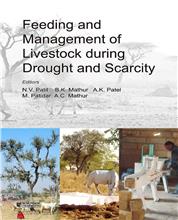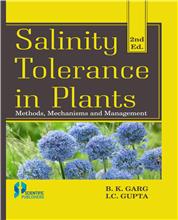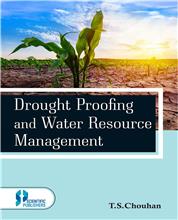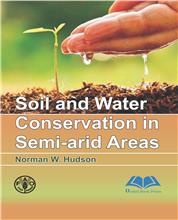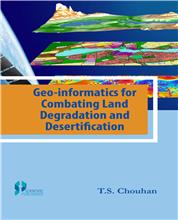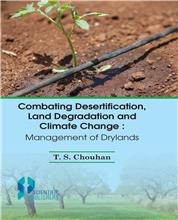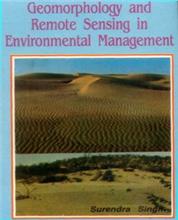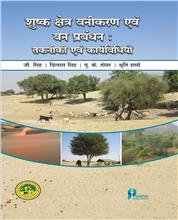The Desert regions are neglected natural regions where rainfall is low and
erratic, availability of water is limited and plantation is difficult due to extreme
temperatures, dry atmosphere and high evaporation. Plantation in these regions is
difficult due to uncertainty of rains and recurrent droughts. Harsh environmental
conditions make germination and survival of trees shrubs and grasslands
difficult. Grasses are grown with impact of rains are either grazed by livestock or
burnt by scorching heat. Human interface have created further problems through
uncontrolled grazing by livestock, encroachment in forest and plantation lands
for cultivation purposes. In this process trees, shrubs and plants have been
removed for fuel wood, fodder and timber requirements. Low water availability
has further aggravated problem of vegetation. Most of tropical desert regions
were dense forests but now largely denuded.
Animals of tropical desert regions are surviving in harsh environment and
developed adaptability to face all ecological conditions. Birds have mobility and
fly to other regions to meet their food and water requirements while some
migratory birds have seasonal visits. Large mammals have mobility to reach
water points but other species have become accustomed of desert conditions. All
animal species found in desert regions have made their own strategies to face
extreme hot and cold environment.
Forests and plantation areas are necessary for hiding, hunting and
reproduction of animals and animals are helpful for protection of trees, shrubs
and vegetation by destructing harmful species. Plantation regions have remained
survival base of animal species and with continuous denudation of vegetative
cover, many desert animal species are extinct and other are struggling for their
survival in absence of their habitations.



